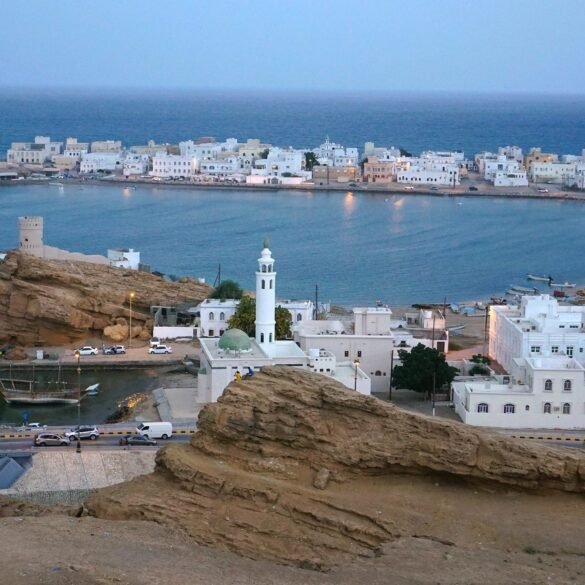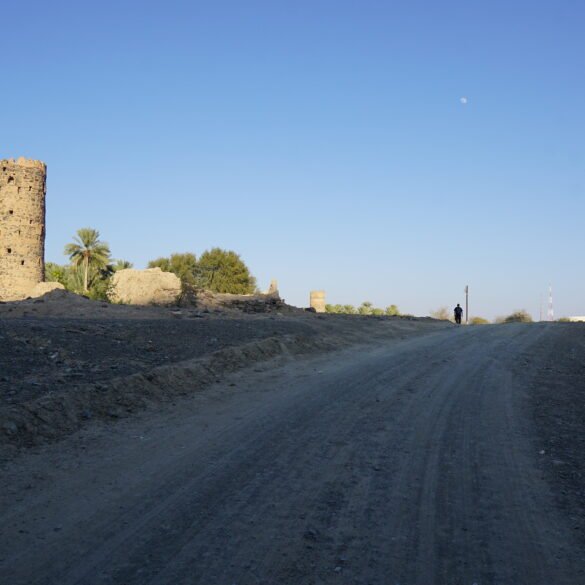There were many ways Oman surprised me, mostly due to my complete lack of knowledge about its history, politics, and, as crazy as it sounds, geographical location. For whatever reason, I only considered countries separated by a land border to be Oman’s neighbors and cultural influencers. It never occurred to me how close Pakistan and India are physically to Oman because they are separated by water. My first clue of just how much influence these countries have on Oman was on the very first day, piling my plate with food at a hotel breakfast buffet and realizing that the majority of the dishes looked Indian or Pakistani. There were samosas, daal, and flatbread that looked suspiciously much like paratha. My second clue was visiting a shipyard in Sur where we watched large wooden ships being built and learned that since 500 BCE Omanis built broad-beamed, shallow draft vessels to traverse the Arabian Gulf and export frankincense, dates, copper, and Arabian horses to India. On the other side, India exported fabrics, spices, and wood used by Omanis to build their ships.
Later, traveling through the country, we learned that over 40% of people living in Oman are expats, many from Pakistan, India, and Central Asia. Many are employed as laborers and in service industries, such as hotels, restaurants, and markets. This meant that a lot of street food and cheaper restaurants were mostly Pakistani and Indian cuisine. While we didn’t mind that, this certainly limited our opportunities to communicate with local Omanis. The situation reminded me of Iceland where any time we thought we finally met a local, it turned out to be a seasonal employee from Poland or another Eastern European country. Even when Victor was randomly pulled aside in the Keflavik airport for an extensive search, the two tall strapping lads going through his luggage were speaking Polish to each other.
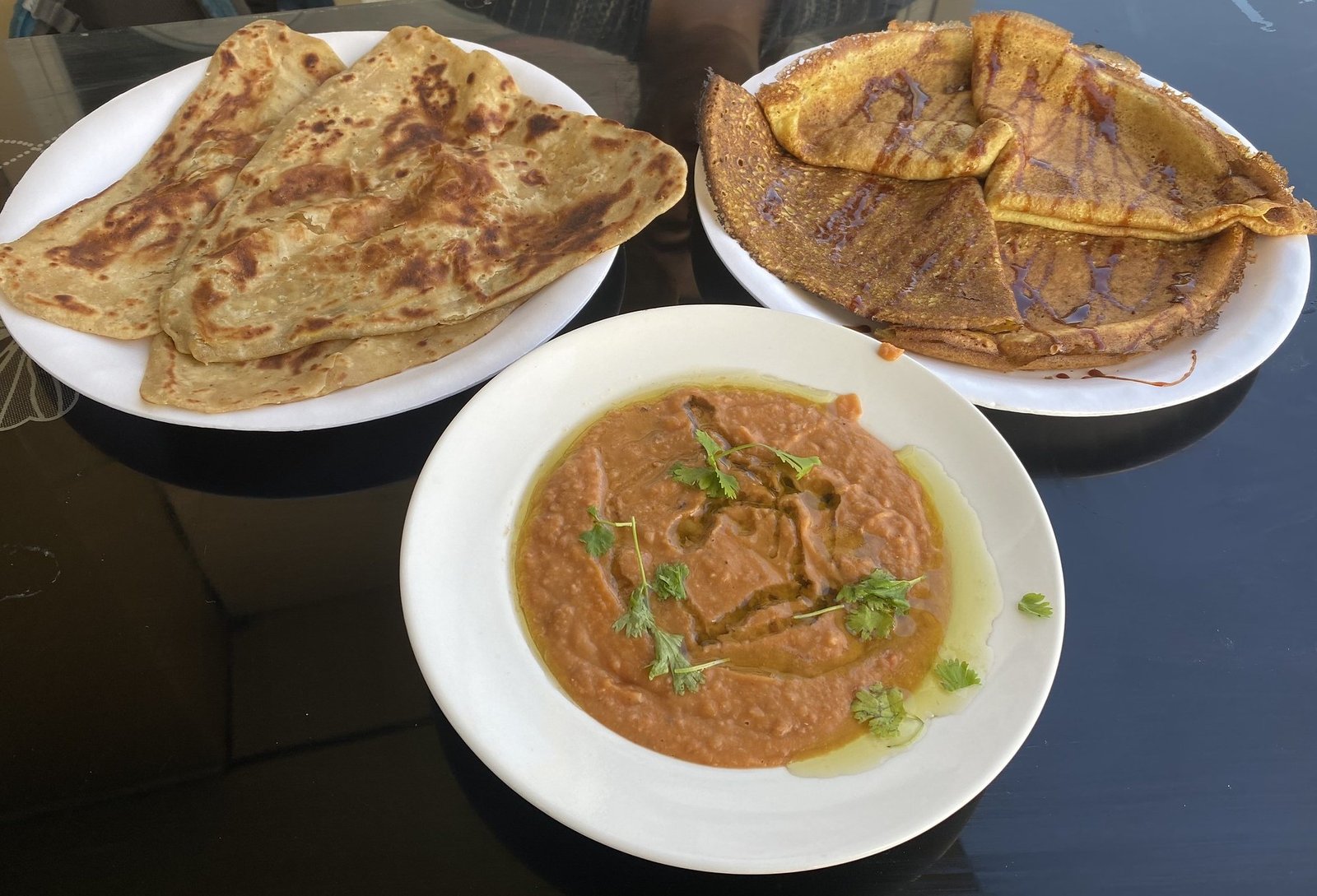
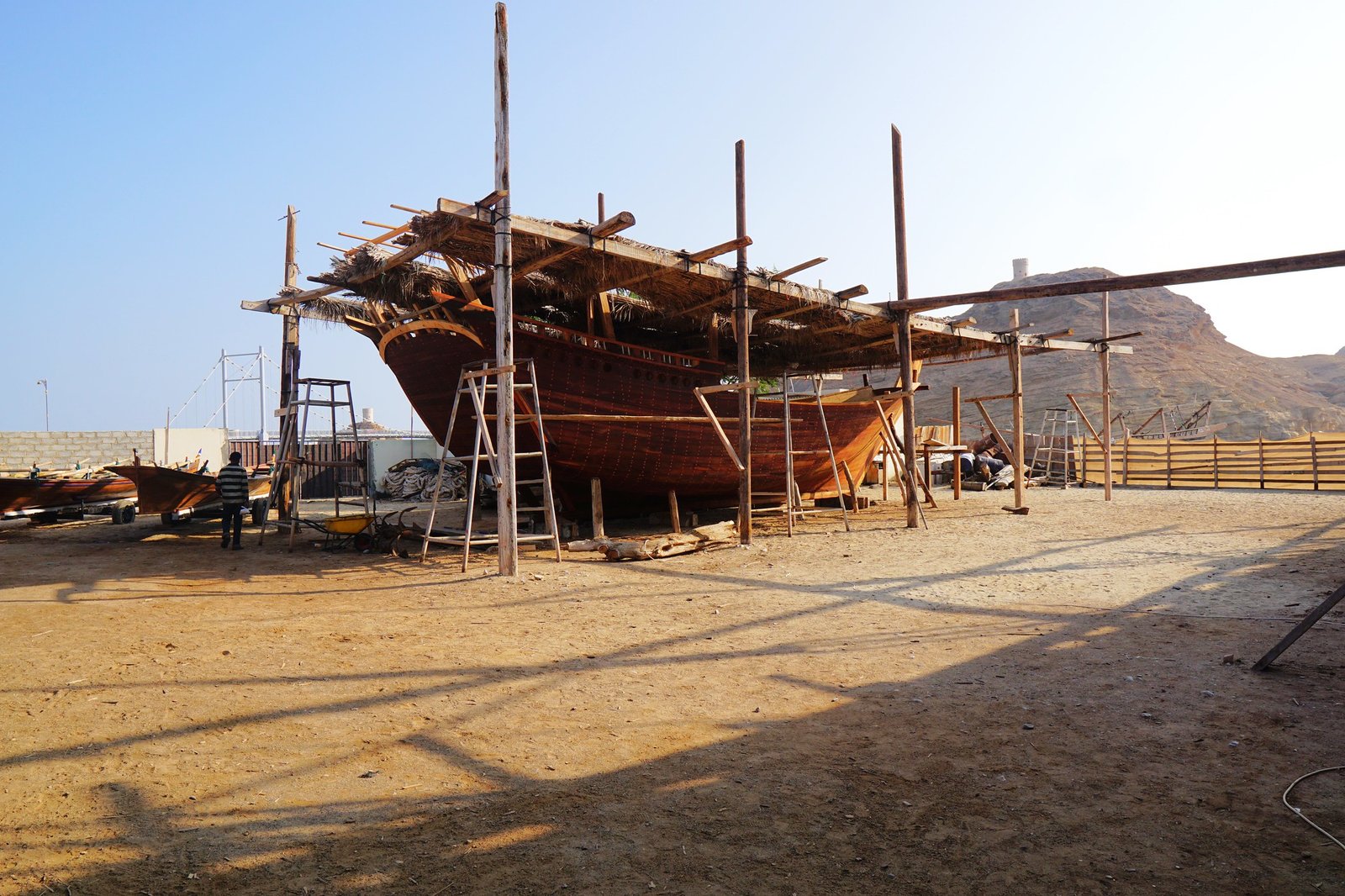
But back to Oman. Our only opportunity to talk to an Omani national was by visiting museums where all guides were local men and women and were happy to share their culture with us. And here comes another unexpected thing we learned from them - just how much Oman has changed in recent years and all due to one man. Sultan Qaboos bin Said Al Said ruled Oman from 1970 until his passing in 2020 and modernized the country by investing in infrastructure, healthcare, and education. In Oman Through the Ages Museum, we saw pictures of what Muscat looked like in the 1960s, and it was a small backwater village that held no traces of the modern capital of today. I was shocked to learn that owning a bike or a radio required a permit and that a vast majority of Omanis lived in poverty and cultural isolation under the rule of Sultan Said bin Taimur, until his own son ousted him in an armed coup.
In the following 50 years, Oman was transformed from a predominantly rural and underdeveloped country with rudimentary infrastructure to a modern nation with new roads, ports, and airports. Living conditions improved drastically with healthcare access, free education, and widely accessible electricity and clean water. Sultan Qaboos bin Said Al Said lived until he was 80, never married, and never had children, dedicating his whole life to ruling his country. Upon his death in 2020, his nephew Haitham bin Tariq was chosen to be the next Sultan and only time will tell whether he will follow in his uncle’s footsteps.
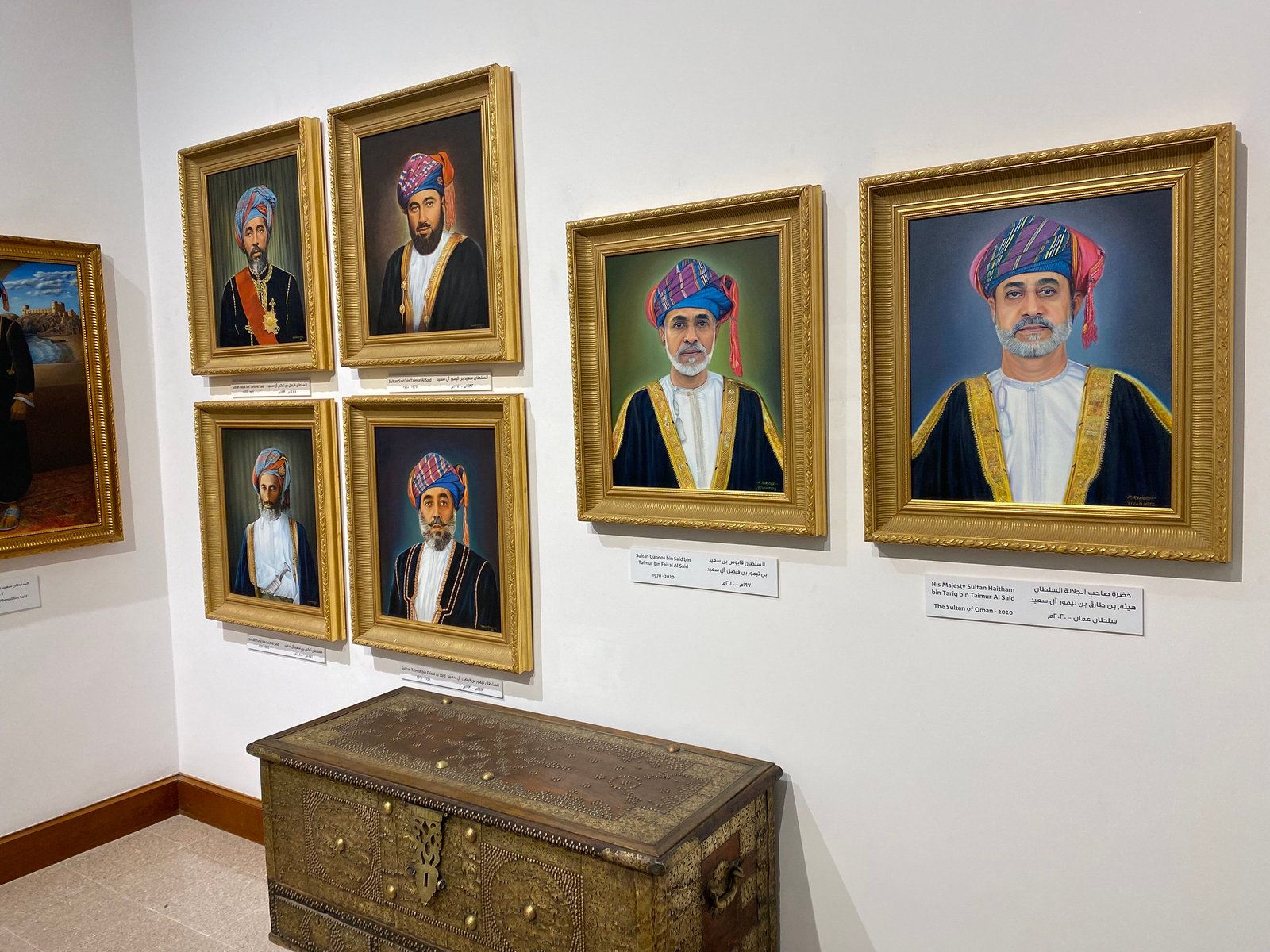
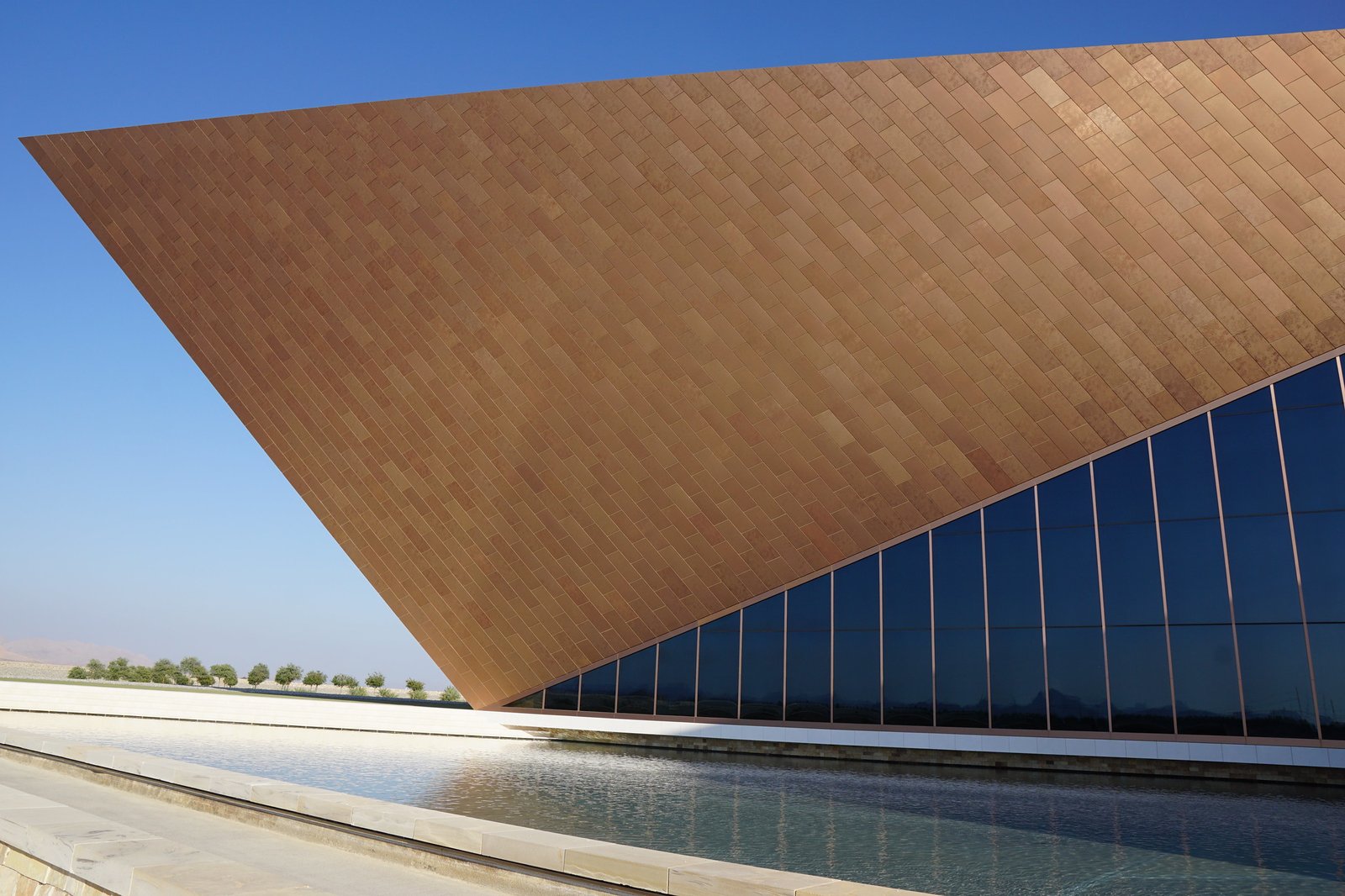
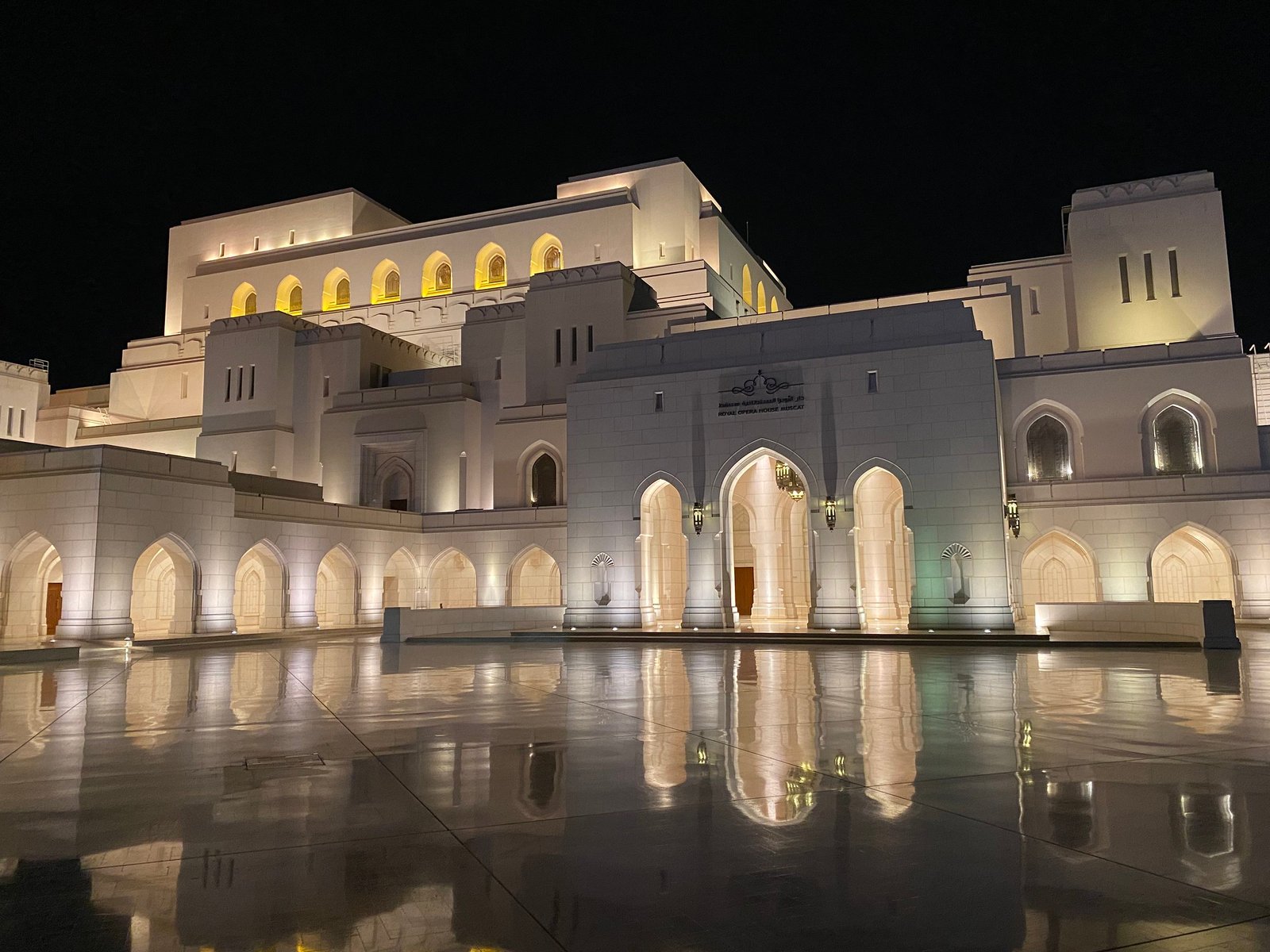
We could see the modernization of Oman with our own eyes and not just through museum exhibits. While hiking through wadis and driving through the country, we found many abandoned mud-brick villages, a poignant reminder of the country's recent past and traditional way of life. These villages, typically found in remote and arid regions, were once bustling communities inhabited by Omani tribes and families. It was eerie, yet beautiful to walk through the crumbles of low-rise buildings, narrow alleyways, and compact clusters of roofless homes, deteriorating under the harsh sun and gusts of wind. These villages were mostly abandoned after the 1970s when modern infrastructure was built nearby with modern amenities such as electricity and plumbing.
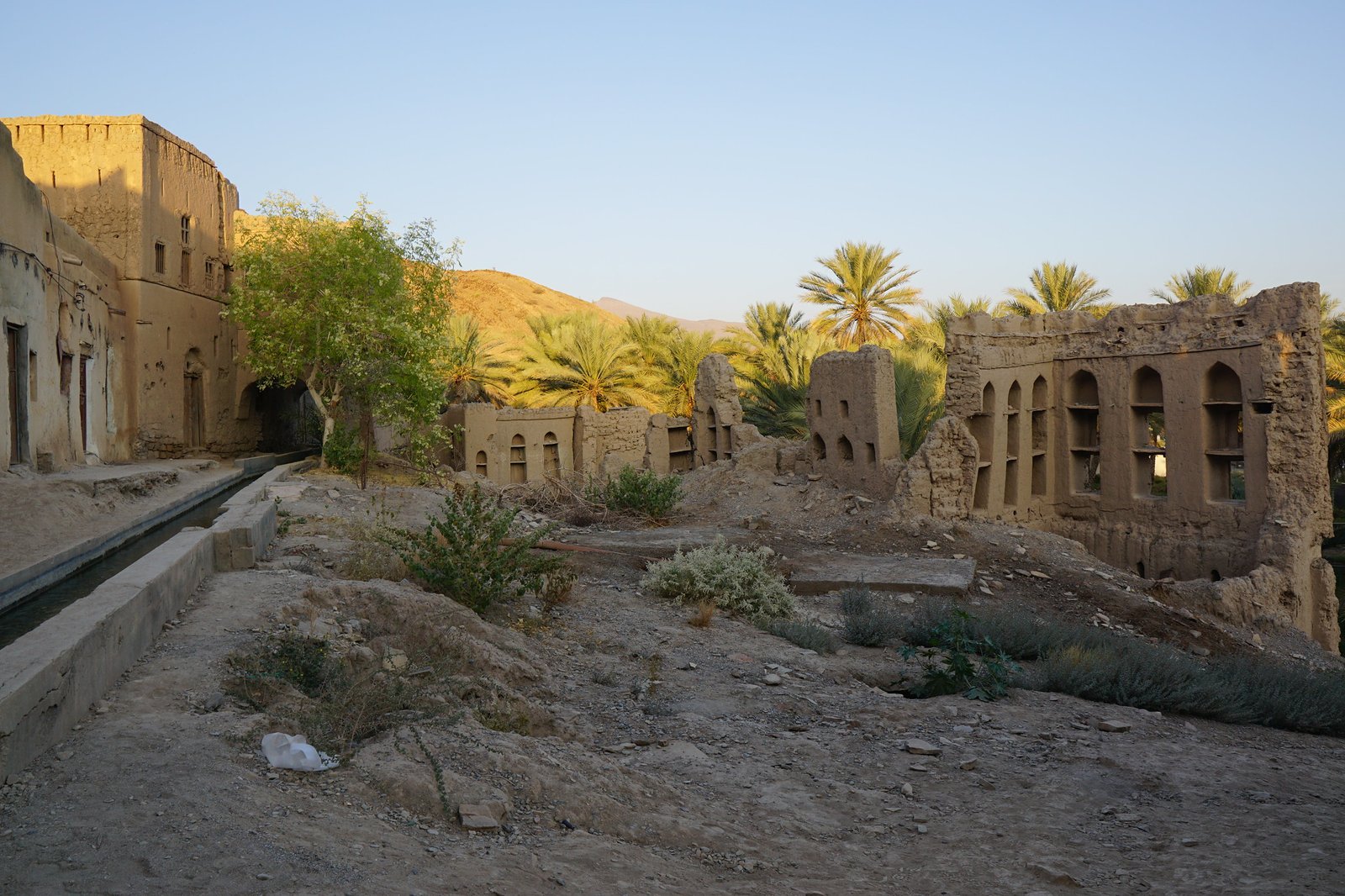
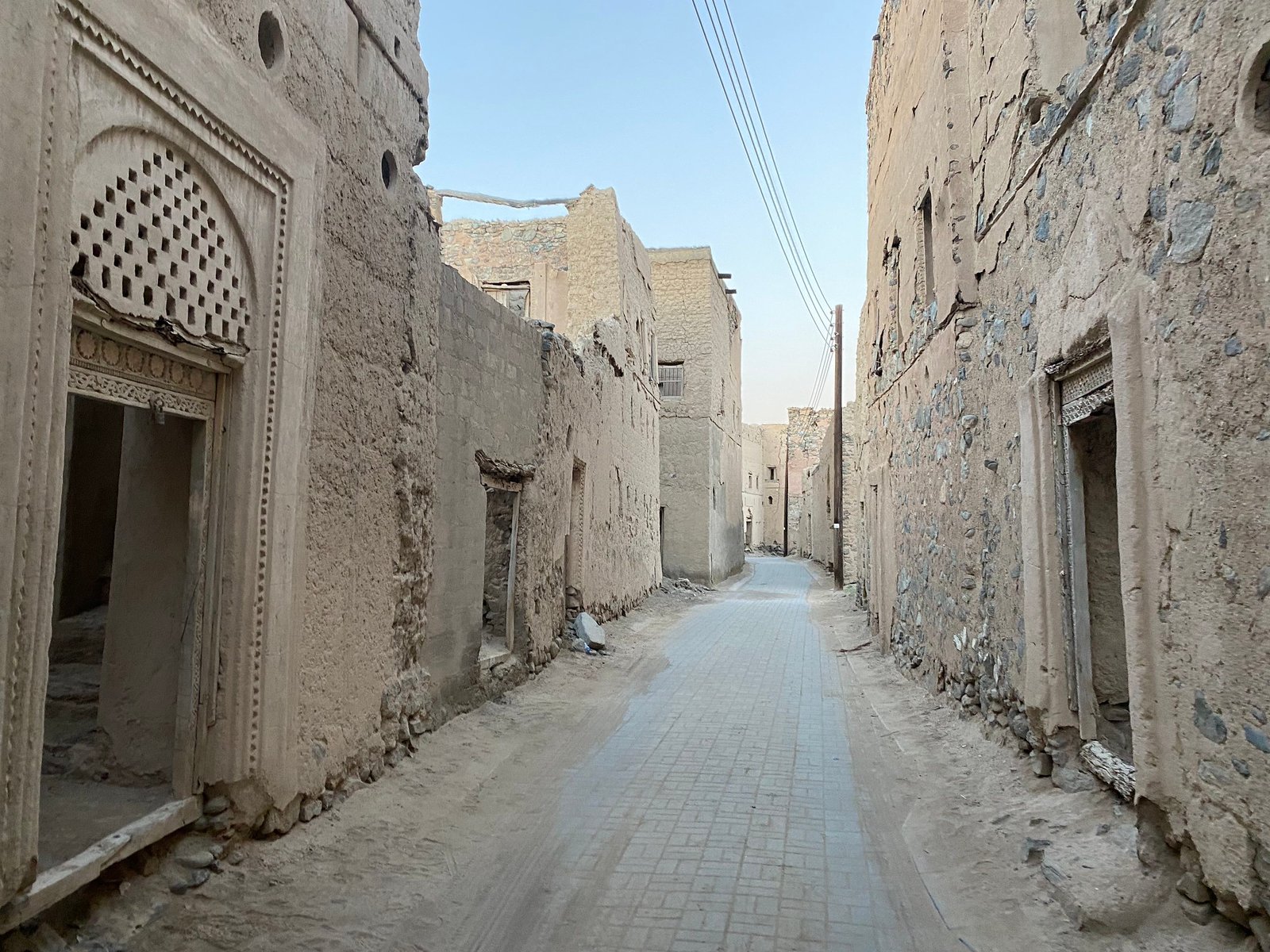
Another reminder of the past we saw on our hikes, and strangely enough is still being used in modern Oman, is the traditional Aflaj irrigation system. It’s a network of channels that transport water from natural springs to agricultural fields, gardens, and even urban areas for domestic use. The system, which dates back as far as 500 A.D., operates on the principle of gravity, with water flowing along carefully engineered stone or concrete canals, some constructed centuries ago and still in use today.
"Aflaj" is the plural of "Falaj" and in 2006 five Aflaj Irrigation Systems of Oman were added to the UNESCO list of World Heritage Sites: Falaj Al-Malki, Falaj Al-Mayassar, Falaj Al-Jeela, and two which we have visited - Falaj Al-Khatmeen and Falaj Daris. Both times I was surprised how clean the water was and how efficiently the system worked. We visited Falaj Al-Khatmeen by a historical mosque where men washed their feet before going in to pray and Falaj Daris at a park where families gathered on stone steps to splash in the water and refresh themselves. We sat on the edge of the falaj and dipped our feet in, letting the cool water run through our toes, enjoying the commotion around us – children chasing dragonflies, women chatting among themselves, and even a tourist almost slipping into the canal.
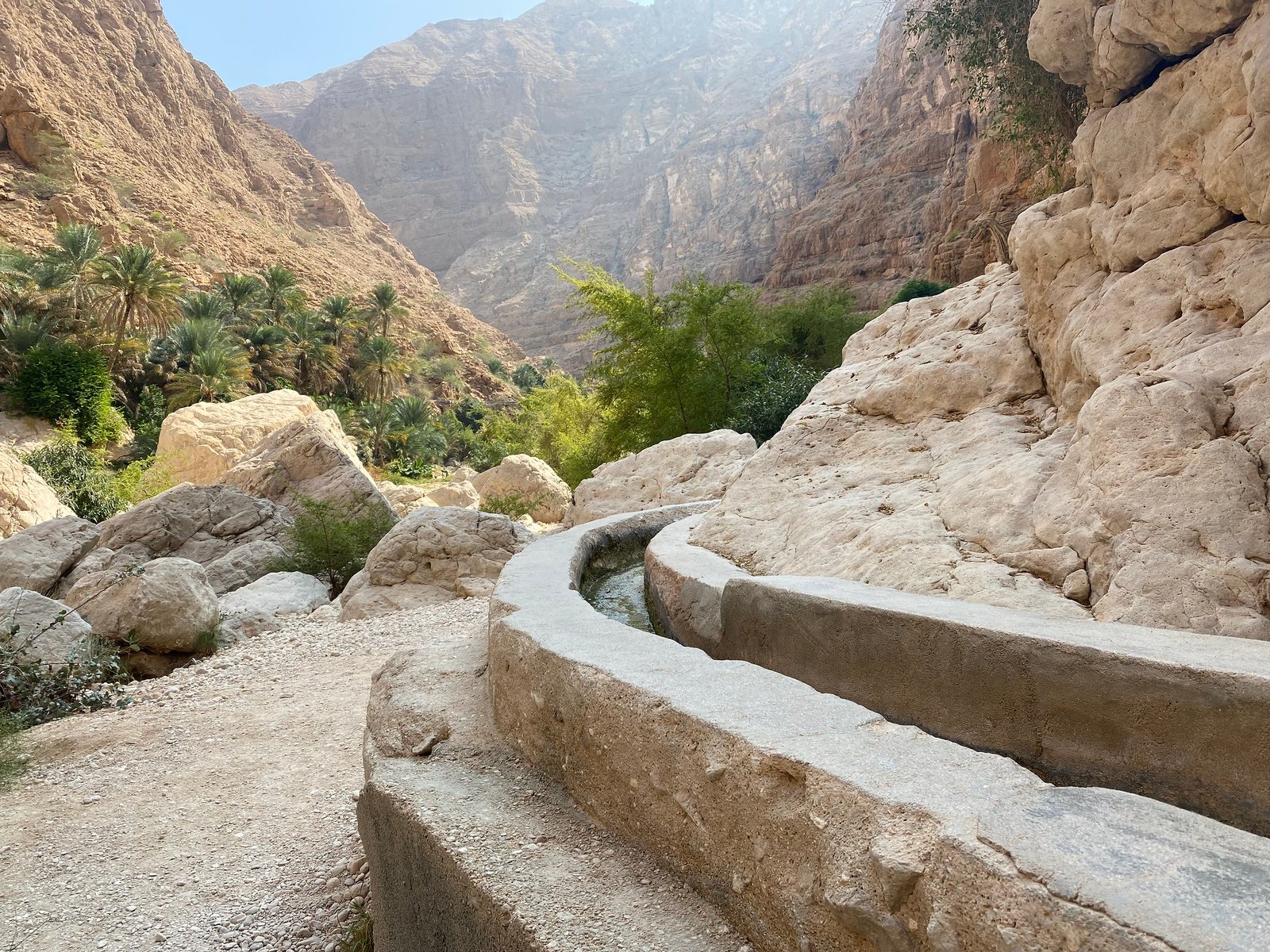
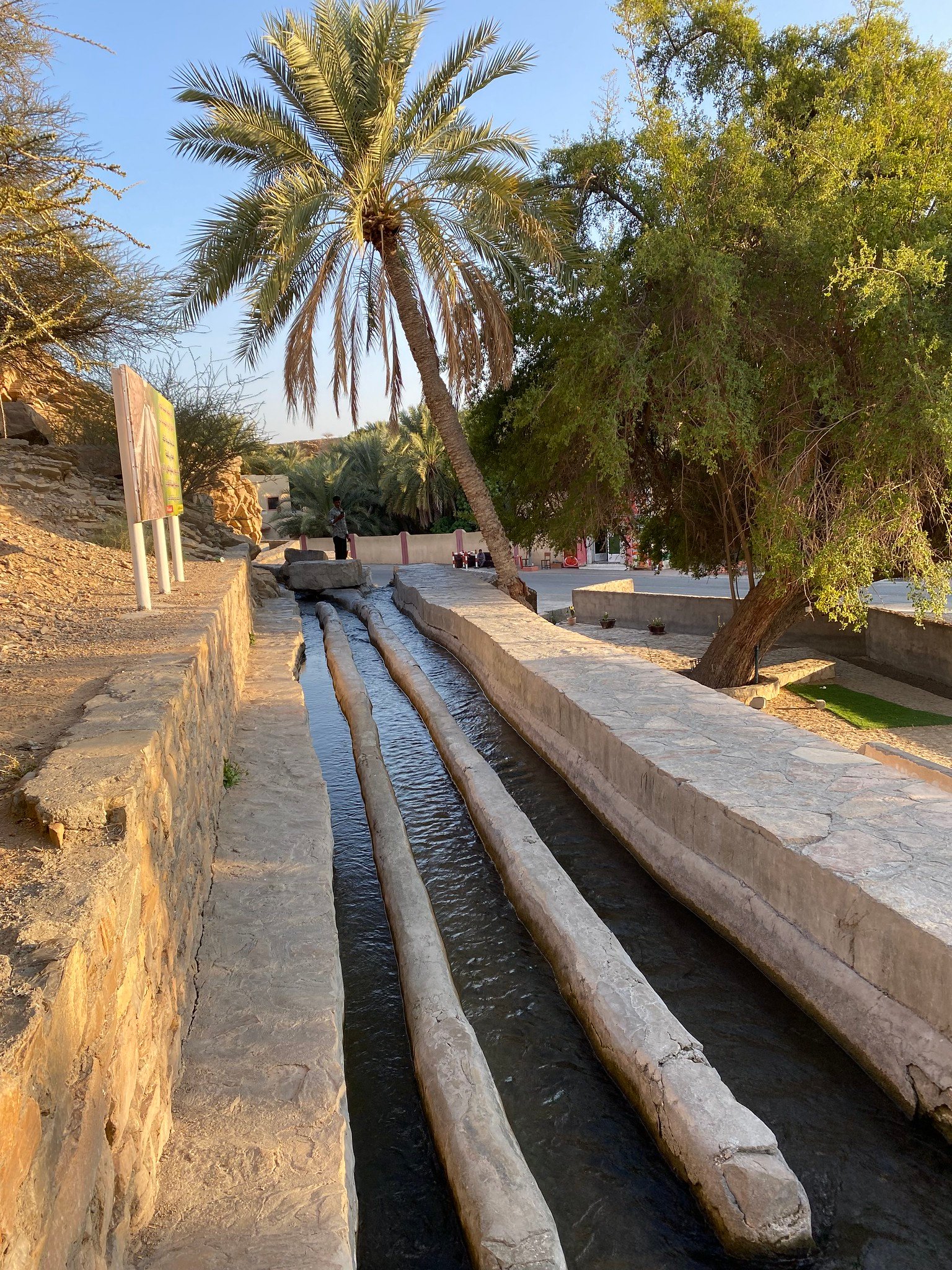
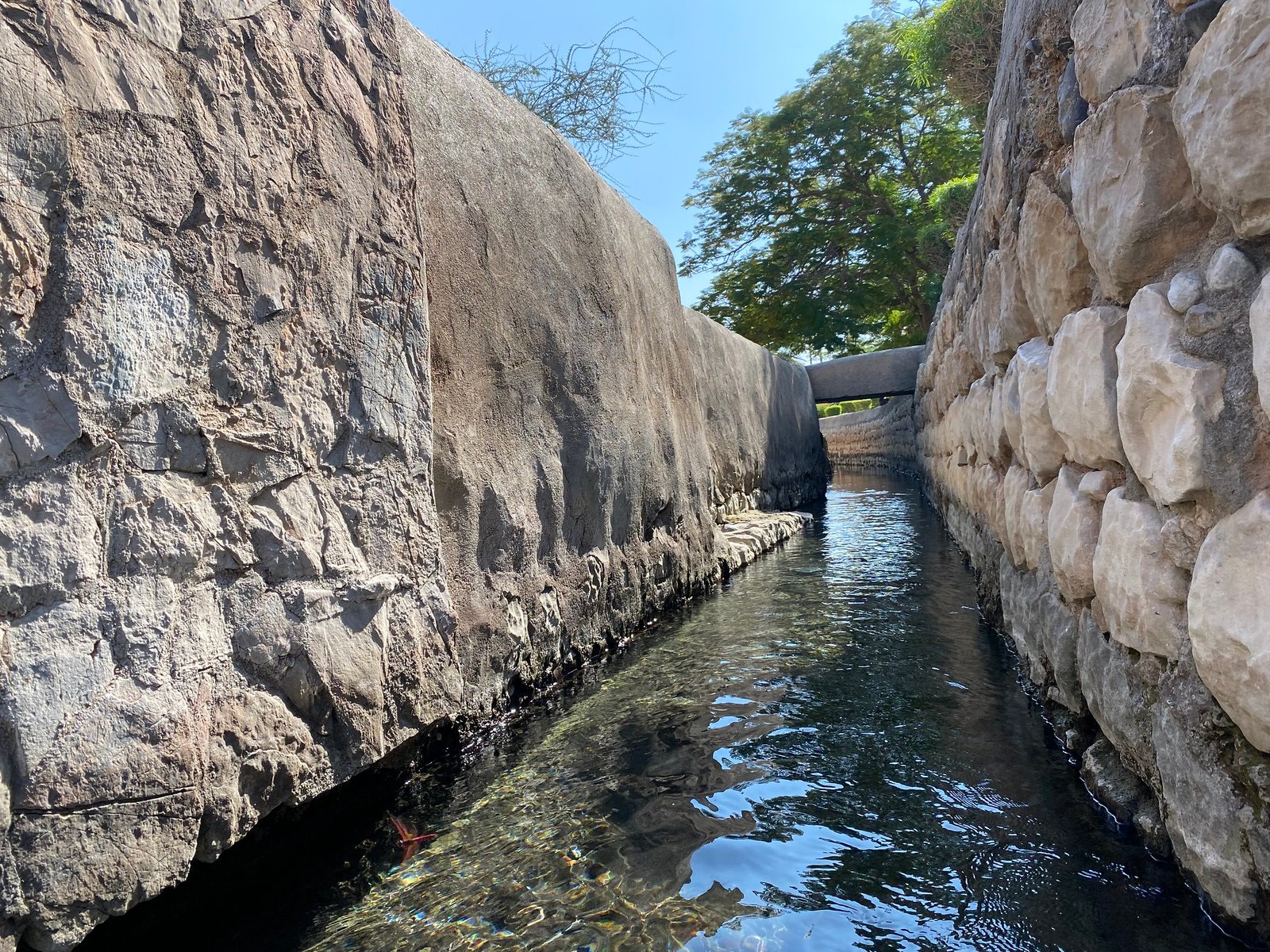
And finally, the most unexpected thing about Oman was their money. It is uncommon to have currency stronger than a dollar (there are only 9 currencies in the world that are worth more) and Omani Rial is the 3rd strongest currency in the world, right behind Kuwaiti Dinar and Bahraini Dinar. One Omani Rial is currently worth 2.60 USD, but that’s not where surprises end. The most confusing thing was that one Omani Rial is subdivided into 1000 Baisas, while most currencies in use in the world have a 1/100 subdivision. The market sellers are aware that tourists are unfamiliar with the local currency and like to pretend that one Rial is a trivial sum, the smallest possible, in fact! Where in reality, locals are used to making small purchases with a few hundred Baisas.
This will be our last post about Oman for now. Coming up next – we try to leave Oman. It doesn’t go well.
